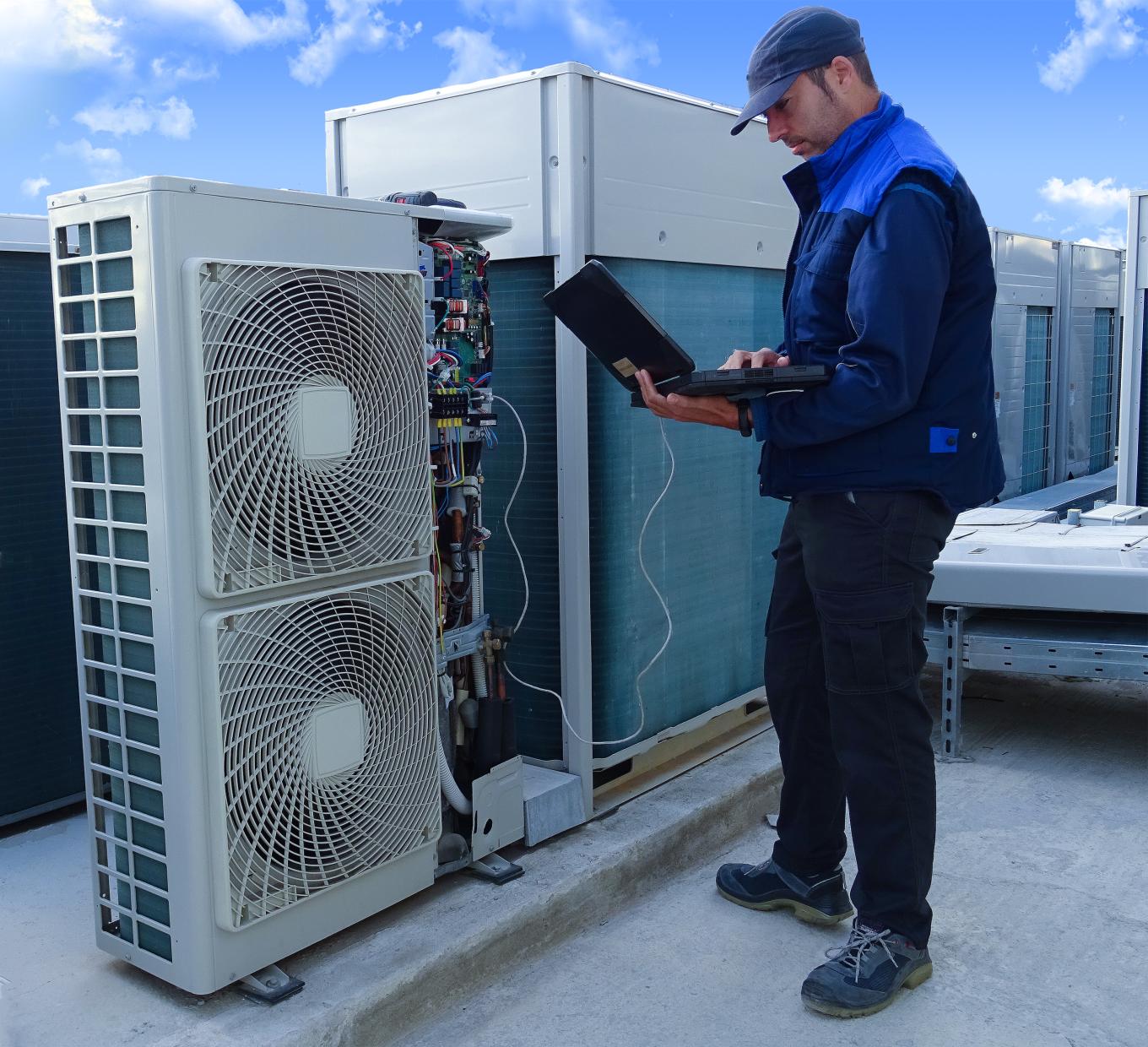In the realm of commercial building management, the efficiency and effectiveness of heating, ventilation, and air conditioning (HVAC) systems are paramount. Among the various solutions available, the Staefa control system stands out for its innovative approach to integrating and optimizing HVAC operations. This overview delves into the features and benefits of Staefa control systems, highlighting their significance in enhancing energy efficiency and occupant comfort in commercial spaces.
Understanding Staefa Control Systems
Staefa control systems, known for their advanced building automation technology, provide a comprehensive framework for managing HVAC components. Developed by Staefa, a recognized leader in building management solutions, these systems facilitate the seamless integration of various mechanical and electrical systems within commercial buildings. The primary objective of a Staefa control system is to ensure optimal indoor climate conditions while minimizing energy consumption.
These control systems utilize sophisticated algorithms and sensor technologies to monitor and adjust HVAC operations in real time. By collecting data on temperature, humidity, occupancy, and other environmental factors, Staefa control systems can make informed decisions that lead to significant energy savings and improved operational efficiency. This automated approach reduces the need for manual intervention, allowing building managers to focus on more strategic tasks.
Key Features of Staefa Control Systems
One of the standout features of the Staefa control system is its versatility in managing various HVAC equipment. Whether it’s chillers, boilers, air handling units, or variable air volume (VAV) systems, the Staefa platform provides centralized control. This integration simplifies operations, as users can access and manage all components from a single interface, typically through a web-based dashboard.
Another critical aspect of the Staefa control system is its ability to implement advanced energy management strategies. By leveraging data analytics, these systems can identify patterns in energy usage and suggest modifications to optimize performance. For instance, a Staefa control system can adjust the operation of HVAC units based on real-time occupancy data, ensuring that energy is not wasted in unoccupied spaces. This adaptability not only leads to cost savings but also contributes to a more sustainable approach to building management.
Moreover, Staefa control systems are designed with user-friendliness in mind. The intuitive interfaces allow facility managers to monitor and adjust settings with ease. Additionally, these systems often include customizable alerts and notifications, enabling proactive maintenance and reducing the likelihood of equipment failures.
Benefits of Implementing Staefa Control Systems
Implementing a Staefa control system in a commercial building offers numerous advantages, most notably in terms of energy efficiency. With rising energy costs and growing concerns about environmental sustainability, optimizing HVAC operations has never been more crucial. The Staefa control system’s ability to analyze usage patterns and adjust settings accordingly results in lower energy consumption, translating to reduced operational costs.
Beyond cost savings, Staefa control systems significantly enhance occupant comfort. By maintaining consistent temperature and humidity levels, these systems ensure that building occupants enjoy a pleasant indoor environment. This focus on comfort can lead to increased productivity and satisfaction among employees, which is especially important in office settings.
Furthermore, the integration capabilities of the Staefa control system extend beyond HVAC. By connecting with other building management systems, such as lighting and security, facility managers can create a more cohesive and efficient operation. This holistic approach to building management fosters better resource allocation and enables comprehensive data analysis across systems, ultimately leading to improved decision-making.
The scalability of Staefa control systems also makes them an attractive option for a variety of commercial buildings. Whether it’s a small office or a large industrial complex, these systems can be tailored to meet specific operational needs. As businesses grow and evolve, the Staefa control system can adapt to accommodate new technologies and equipment, ensuring longevity and ongoing efficiency.
The Future of HVAC Management with Staefa Control Systems
As the demand for energy-efficient solutions continues to rise, the role of Staefa control systems in HVAC management will likely become even more prominent. Innovations in technology, such as the integration of Internet of Things (IoT) devices and machine learning algorithms, are set to enhance the capabilities of these systems further. The ability to predict maintenance needs, optimize energy use in real time, and enhance occupant experience positions Staefa control systems at the forefront of building management solutions.
Additionally, the emphasis on sustainable practices will drive more commercial buildings to adopt advanced control systems like Staefa. As regulations surrounding energy efficiency become more stringent, building owners will increasingly seek solutions that not only comply with standards but also provide tangible benefits. The Staefa control system’s reputation for delivering reliable performance and measurable results will make it a preferred choice among facility managers.
The Staefa control system represents a significant advancement in the management of HVAC systems within commercial buildings. Its ability to integrate various components, optimize energy use, and enhance occupant comfort makes it an invaluable tool for building managers. As technology continues to evolve, the potential of Staefa control systems to improve building operations will only expand, ensuring their place in the future of commercial building management.

